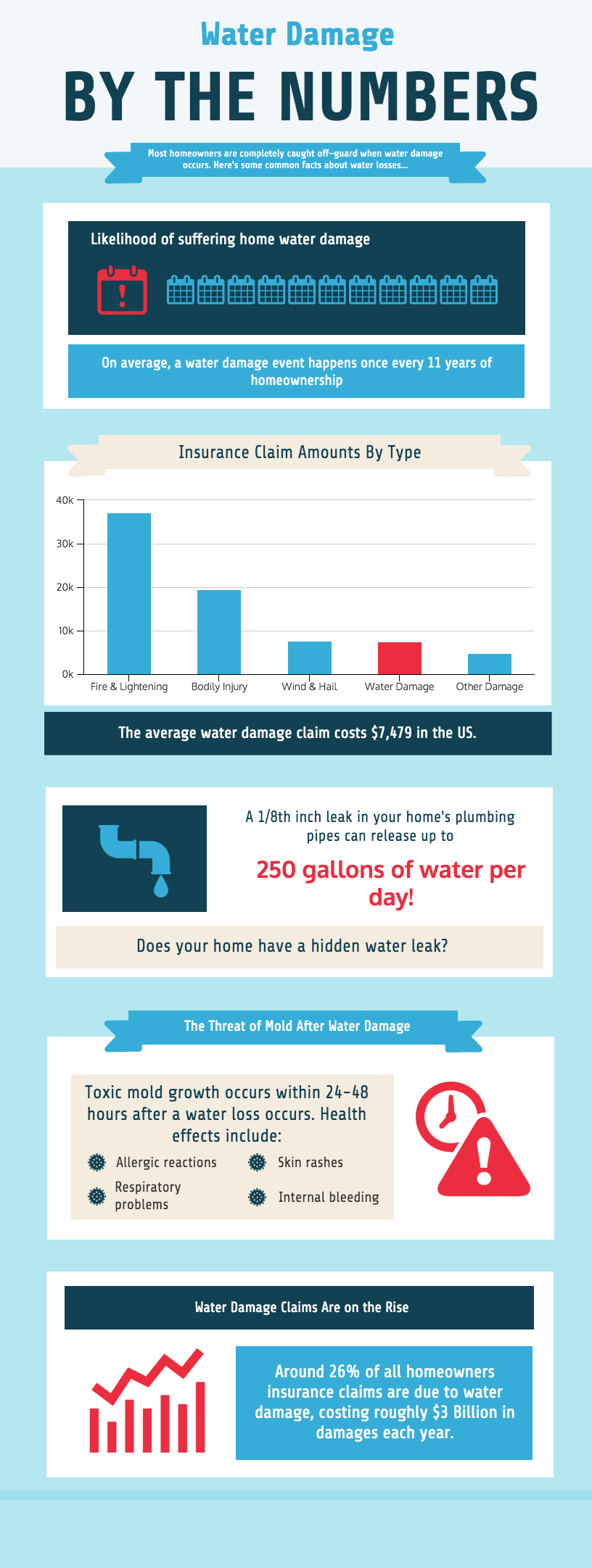Look Into The Impact Of Uncertain Weather Condition On Your Roofing Setup Timeline And Gain Insights Into Crucial Methods That Will Certainly Help You Navigate The Project Effectively, Regardless Of External Problems
Look Into The Impact Of Uncertain Weather Condition On Your Roofing Setup Timeline And Gain Insights Into Crucial Methods That Will Certainly Help You Navigate The Project Effectively, Regardless Of External Problems
Blog Article
Material Composed By-Bank Bondesen
When you're intending a roof covering installation, it's essential to take into consideration how climate condition can dramatically impact your timeline. Rainfall can produce hazardous working problems and compromise products, while severe temperatures can influence the integrity of the roof covering elements. High winds posture their own set of challenges, possibly postponing development and boosting safety and security risks. Comprehending these variables can assist you make informed choices, yet what specific approaches can you implement to browse these weather-related challenges properly?
Impacts of Moisten Setup
When it rainfalls, roofing setup can encounter considerable obstacles. Wet conditions can make surfaces unsafe, increasing the risk of accidents for you and your team. It's critical to prioritize security during these times; or else, you may find the work coming to be much more unsafe than efficient.
Additionally, rainfall can influence the materials you're making use of. If roof shingles or other roof covering materials get wet, they can be harmed, causing prospective leaks and minimized lifespan. You'll wish to guarantee whatever stays completely dry to keep quality and avoid expensive replacements later on.
In addition, rainfall can delay your job timeline. If you're not able to function due to harsh weather, you may find yourself pushing back conclusion days. This can interfere with not only your timetable yet likewise your customers' strategies.
To alleviate these problems, consider intending your installment throughout drier seasons or keeping an eye on weather forecasts. If rainfall is expected, you may want to hold off the installment to ensure a secure and effective procedure.
Inevitably, recognizing exactly how rain impacts your roof covering project can assist you make informed choices and maintain your operations smooth.
Obstacles of Extreme Temperatures
Severe temperature levels can present substantial challenges for roof covering installation. If you're operating in extreme heat, products like asphalt tiles can end up being overly flexible, making them challenging to place accurately. You might discover that the sticky made use of for roof products does not bond properly, causing possible problems down the line.
On the flip side, when temperatures drop, materials can end up being breakable. This brittleness can cause shingles to break or break during setup, endangering the honesty of your roof.
Furthermore, severe cold can slow down the treating process of adhesives and sealers, making it harder for them to establish appropriately. You might need to wait longer before applying added layers or completing the task.
To alleviate these difficulties, you need to plan your installation timing thoroughly. Early morning or late afternoon can be perfect during hot days, while picking milder days is important in the winter season.
Wind's Role in Roofing Projects
Weather conditions considerably influence roofing jobs, and wind postures its own collection of challenges. High winds can endanger both your safety and security and the quality of your installment. When you're up on the roofing system, gusts can quickly shake off your balance and develop hazardous problems.
It's important to keep track of wind speeds before beginning, as several roofing materials can become airborne or misaligned in solid winds.
If you find yourself facing gusty problems, it's best to postpone the project. Not only does this protect you and your crew, however it likewise ensures that the roofing materials adhere correctly. https://whatistporoofing85162.ourcodeblog.com/33401440/explore-the-significant-differences-in-between-metal-and-roof-shingles-roof-to-figure-out-which-option-is-suitable-for-your-certain-demands-and-financial-factors-to-consider may not set appropriately in high winds, causing prospective leaks and damage later on.
Furthermore, wind can lug debris that may strike your roof covering, causing further complications. You'll want to assess the area for potential threats and ensure every little thing is secured.
Ultimately, preparing your roofing job around wind problems can save you time, money, and frustrations. Prioritize security and quality, and don't be reluctant to reschedule if the winds are too solid. Your roof is entitled to the most effective setup possible, and the best weather condition makes all the distinction.
Verdict
To conclude, it's critical to keep an eye on weather conditions when arranging your roofing system installation. Rain can postpone progress and cause damage, while extreme temperatures can compromise material stability. Don't neglect the impact of wind, either, as it can create harmful working problems. By planning around the weather condition, you'll ensure a smoother setup procedure and secure your financial investment. Stay notified, and you'll achieve the best results for your roof project!
